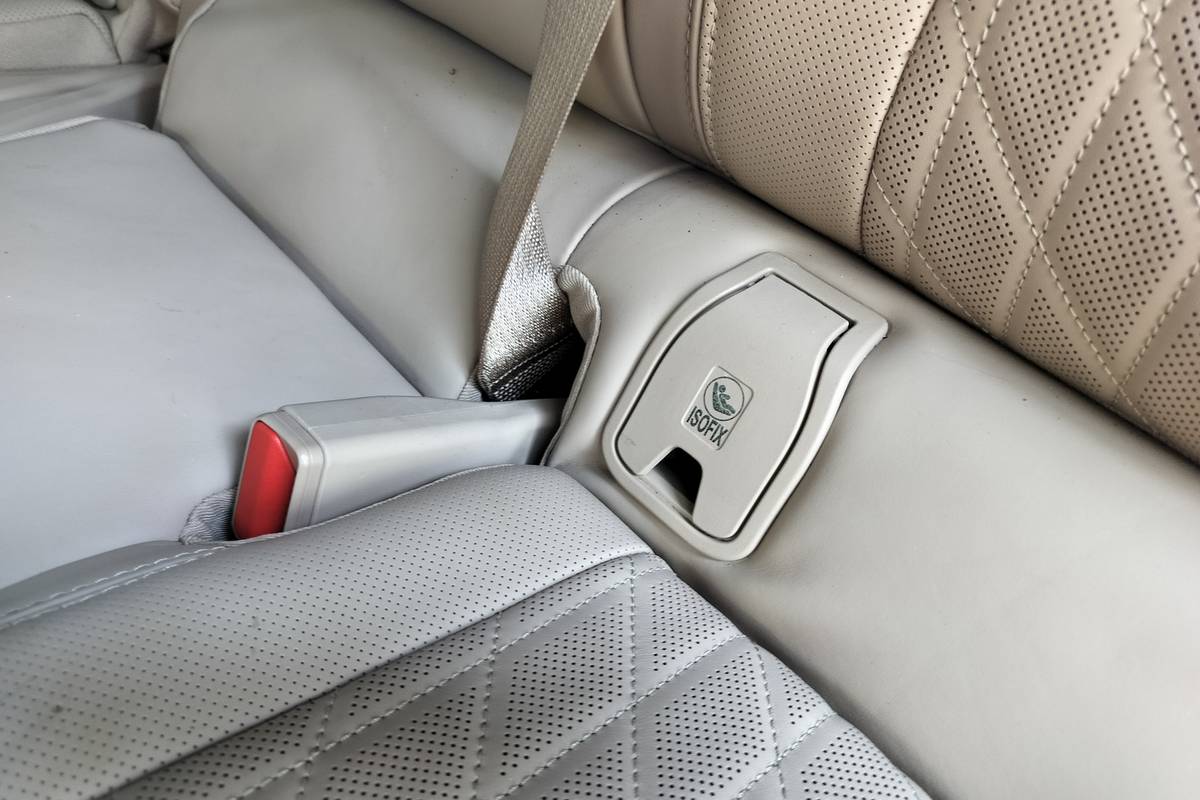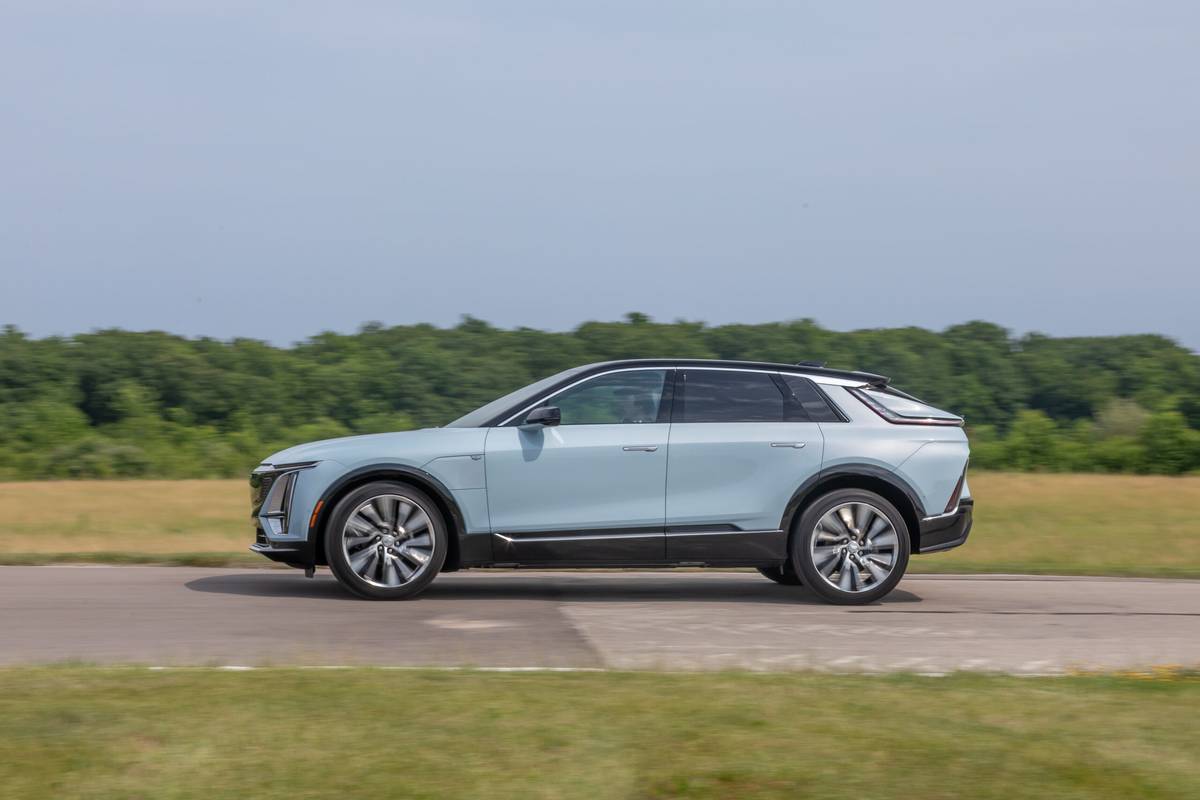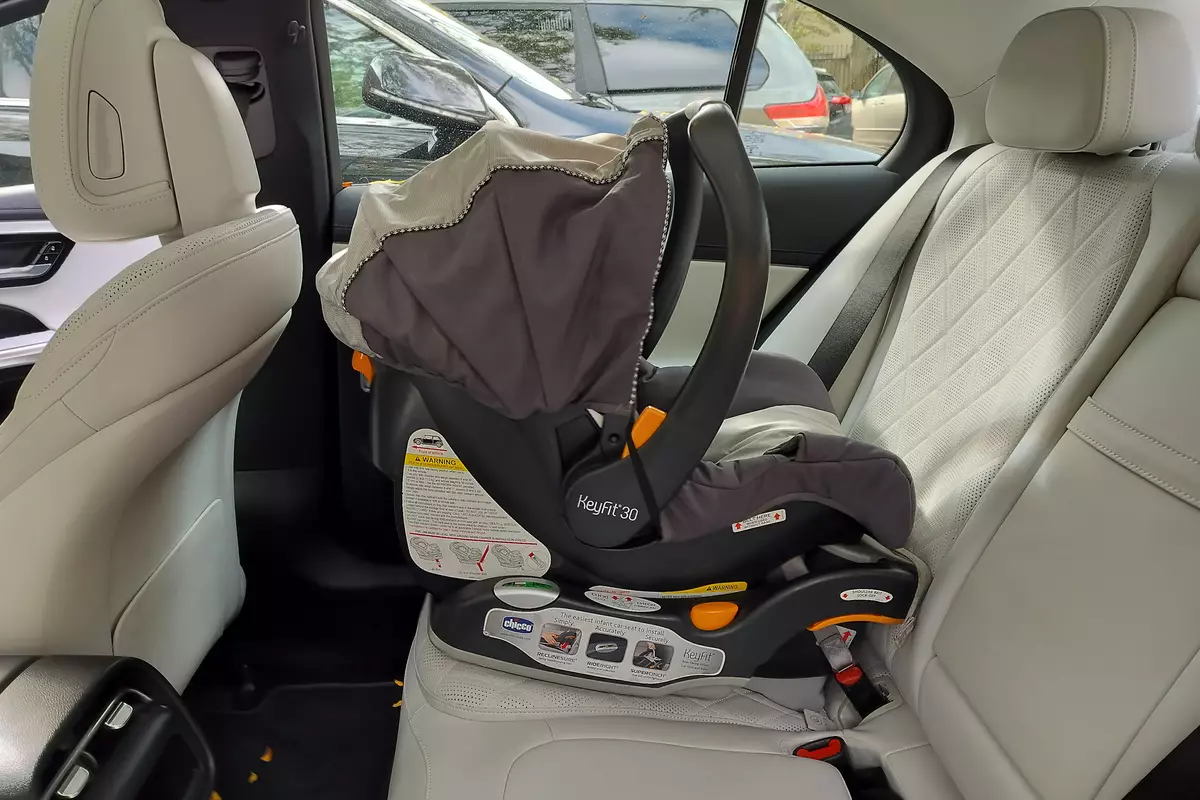Orlando Sentinel's view
If Saturn is a different car company, than Daewoo is a bizarre one.
When the South Korean automaker sets up shop this fall in 14 Americancities – including Orlando – it won’t be business as usual.
The company is basically bypassing the mass market. Customers will buydirectly from the factory because Daewoo owns all the dealerships. Daewoo alsoplans to hire local college students to try to sell the cars to other collegestudents. Military personnel will be another target.
So don’t look for too many ads on TV, in newspapers and in magazinestouting the three Daewoo cars, which have the clunky names Lanos, Nubira andLeganza.
If you want to learn about these cars, you’ll have to take a ride on theinformation superhighway and visit Daewoo’s home page on the Internet(www.daewoous.com), deal with a Daewoo Campus Adviser or go to the Orlandodealership at 4165 N. U.S. Highway 17-92, Sanford.
Strange indeed.
Radio ads started running locally in early June seeking Daewoo CampusAdvisers – students to represent Daewoo at their schools and try to sell thecars to other students, faculty and friends. All summer long, DCAs – as Daewoocalls them – have been recruited and sent to Daewoo headquarters in SouthKorea for training.
Glauco Estivalleti, a 25-year-old advertising and marketing major atValencia Community College, is one of three local Daewoo Campus Advisers. Hebelieves Daewoo’s offbeat plan to sell cars to college students will work. Andhe’s excited about the fact that it’s up to him to be creative in devising hisown marketing schemes.
Estivalleti went to the Daewoo factory this summer and saw how the carswere built. He believes Daewoo makes a high quality car.
“I drove all three of the cars they are going to launch in the U.S.,” hesaid. Daewoo wants to bypass Hyundai and Kia and compete directly with Honda,Estivalleti said.
“The Korean competition is nothing,” he said. “I drive around campus andI see these kids in new Mustangs and Hondas. If they can afford a Honda or aMustang, why not a Daewoo?”
Daewoo officials hope this unusual marketing approach, coupled with goodquality, ease of ownership and solid value, will be enough to propel the Lanossubcompact, Nubira compact and Leganza mid-size sedan onto shopping lists.
“We will be a segmented, niche-focused marketer. We are looking for earlyadopters who are willing to try new things,” said Bill Tucker, Daewoo’s vicepresident of marketing and consumer relations.
Because Daewoo has a small budget and is not expecting to sell a lot ofcars, the company thinks it can meet its sales goals in this unusual way, saidTucker.
Speaking from Daewoo’s U.S. headquarters in Compton, Calif., Tucker wouldnot say how many cars Daewoo plans to sell. But he indicated that Toyota,Nissan and others have nothing to worry about – at least for now.
“If we are going to make some noise and be heard, we have to do somethingcompletely different. Hopefully, we can create a retail process that isdifferent in terms of communication. We have to go with other media,” saidTucker, referring to Daewoo’s limited resources. Daewoo is placing much faithin the Internet while it builds its dealership network.
He said the company plans to grow to 90 dealerships by 1999 – which isstill an extremely small number compared with other importers.
Daewoo plans to open all 14 U.S. dealerships officially on Sept. 1. Inaddition to the Orlando store, Daewoo will open dealerships in St. Petersburgand Fort Lauderdale; Atlanta; Boston; Philadelphia; Chicago; Long Island,N.Y.; Bridgeport, Conn.; Providence, R.I.; and Van Nuys, Ontario, HuntingtonBeach and San Diego, Calif.
However, many of the dealerships will be selling cars before Sept. 1, eventhough the parts and service departments may not be fully operational, saidTucker. A Daewoo employee supervising construction at the Longwood dealershipsaid cars were at the portin Ja cksonville and shou ld be at the dealership bymid-August.
All three Daewoo cars are based on engineering and technology thatoriginated at General Motors, Tucker said. Daewoo and GM have collaborated inthe past on several vehicles, including the ill-fated Pontiac LeManssubcompact of the early 1990s.
Some of the components, for instance, may have been designed by Opel orHolden, GM’s German and Australian subsidiaries. The cars have been on sale inEurope for nearly a year, Tucker said. There they are sold the traditionalway, through dealerships, he said, and sales have been good.
Though exact prices haven’t been set, Daewoo expects to sell the subcompactLanos for between $9,000 and $12,000; the compact Nubira for $12,000 to$15,000; and the Leganza for $15,500 to $20,000.
Tucker readily admits that many college students can’t afford a new car,but the company hopes to get around that by making the cars extremelyaffordable to buy and own. All three cars, Tucker said, will come with freescheduled maintenance for three years or 36,000 miles, as well as 24-hourroadside assistance.
Daewoo has hired the Cross Country Motor Club to provide the roadsideassistance and to carry out repairs at about 5,500 points across the country,according to Automotive News.
Although the cars will be pitched at college students, the free maintenanceand roadside assistance will be offered to all buyers.
Putting aside the awkward names, weird marketing program and limited numberof dealerships, what will matter most to consumers is how well the cars arebuilt, how they perform and how much value they offer.
The company provided nicely equipped models of the Lanos, Nubira andLeganza for a weeklong test drive.
I logged about 1,200 miles in the three cars. The Daewoos are smoother,quieter and better assembled than other South Korean vehicles from Kia andHyundai I have driven. In fact, Daewoo’s cars were reminiscent of somethingyou’d get from Nissan or Mitsubishi.
The Leganza is a Honda Accord-sized car; the white tester I drove 800 milesin came with a peppy 2.2-liter, double overhead engine and four-speedautomatic transmission. The car handled well most of the time, was delightfulon a 350-mile run to south Florida and back and exhibited no quality problems.
It had a roomy leather interior, with a CD changer in the trunk and powereverything – including moonroof. And it delivered a solid 28 miles per gallon.The trunk was large, the rear seats folded forward and the radio wasexcellent. Depending on the price – which Tucker says won’t be more than$20,000 – this car could be a solid hit.
The Nubira is a compact that comes with a nice amount of interior room,comfortable seats and a good air conditioner. It also has folding rear seatsand a gigantic trunk. This car likely would compete with such vehicles as theFord Escort, Toyota Corolla, Saturn SL sedan and Chevy Cavalier.
Nubira’s 2.0-liter engine delivers reasonable performance and averag e fueleconomy. The power-assisted brakes and power steering worked well, and the carfelt solid and well-made.
The Lanos is a subcompact that offers a bit more refinement than the SuzukiEsteem/Chevy Metro and Hyundai Accent, its major competitors.
The back seat in the Lanos is a bit tight, but the front compartment isroomy and well laid out. Performance from the 1.4-liter engine is excellent.
All three cars come with a chrome-trimmed grille that gives them a classyappearance. The Nubira and Leganza don’t look like economy cars. The Lanos,because of its size, does.
But there are two minor negative traits that all three cars share. Thesuspension systems are a bit too soft. When revved, all three overhead camengines tend to be a bit noisy – though no more than what you experience inone of the second-tier imports, such as a Mitsubishi, Mazda or Hyundai.
Daewoo appears to have learned from the painful lessons of Hyundai and Kiaand gotten th e quality right before ent ering the U.S. market. But Tucker sayshe expects Daewoo to encounter some resistance because of the poor reputationsof the other South Korean automakers selling cars in the United States.
“Although Hyundai and Kia have made great strides in improving quality,it’s going to be a challenge for us to overcome. There is some obviouslyanti-Korean baggage in the market that we’ll have to get over,” he said.
Tucker, who worked for Subaru for 15 years, knows what it’s like to workfor a small importer of niche vehicles. It has taken Subaru almost 30 years tobecome successful. Subaru now specializes only in sporty, all-wheel drivevehicles, such as the highly successful Outback Wagon.
Tucker thinks Daewoo also has the potential to find its niche.
“My gut feeling is that if we get the pricing right, if we get a financialprogram together that offers terms that are good to students, if we get themarketing right, we’ll catch on,” he said.
“I’m excited about Daewoo’s long-term vision, based on customers andvalue, and the unexpected equipment, such as power door locks and windows,each car offers. We have a dynamite value story to tell.”
1999 Daewoo Leganza
Overall length: 183.9.
Wheelbase: 105.1.
Height: 56.6.
Headroom, front/rear: 39.3/37.8.
Legroom, front/rear: 42.3/38.2.
Weight: 3,086.
Engine: 131-horsepower, 2.2-liter, double overhead cam, 16-valve four-cylinder.
Transmission: Five-speed manual or four-speed automatic.
Suspension: Front, McPherson strut; rear, dual link.
Brakes: Power-assisted four-wheel disc.
Steering: Power-assisted rack-and-pinion.
EPA rating: 20 mpg city/29 mpg highway.
Performance: 0-to-60 mph 9.1 seconds.
Price range: $15,500 to $20,000. Inches unless otherwise noted
Latest news



